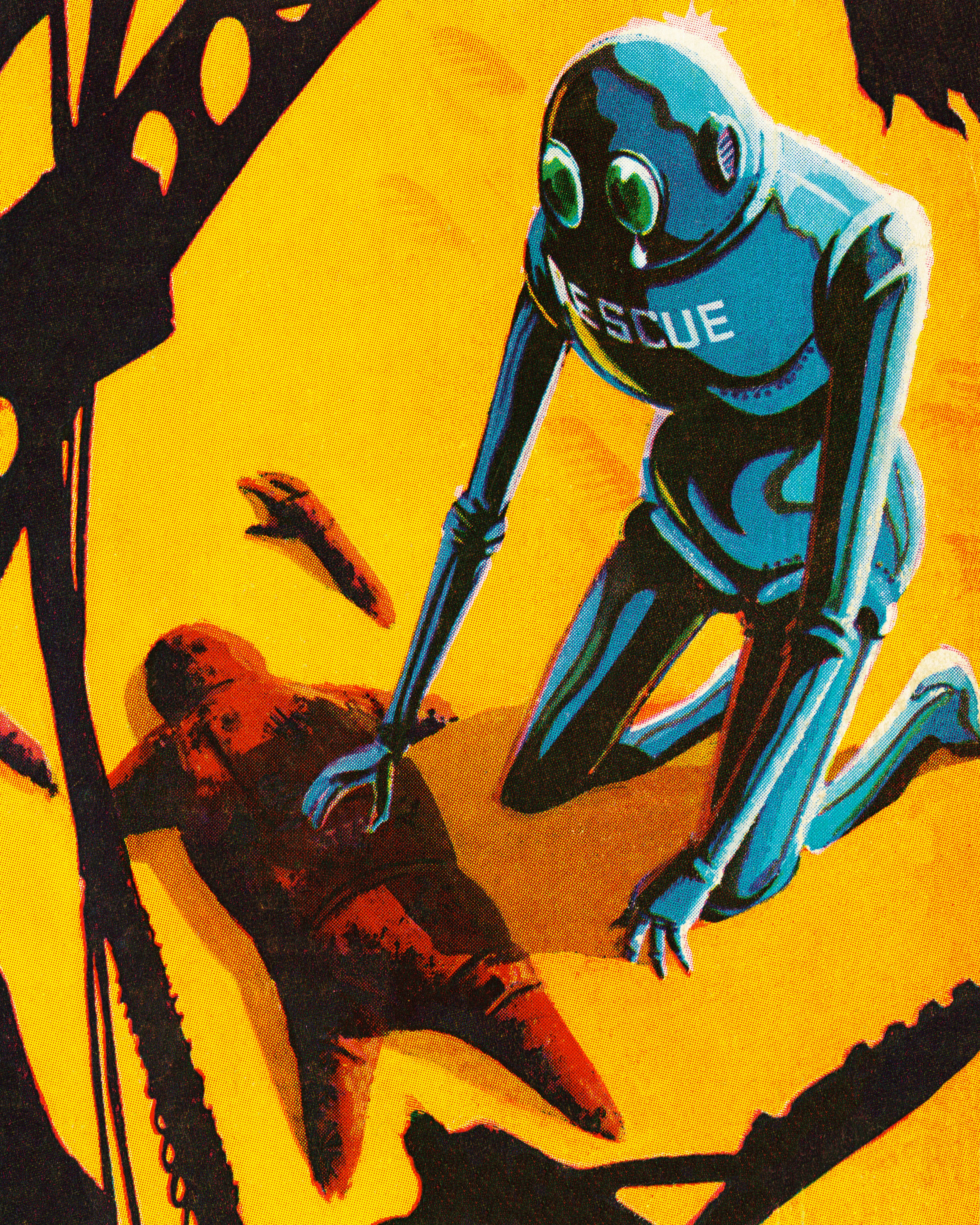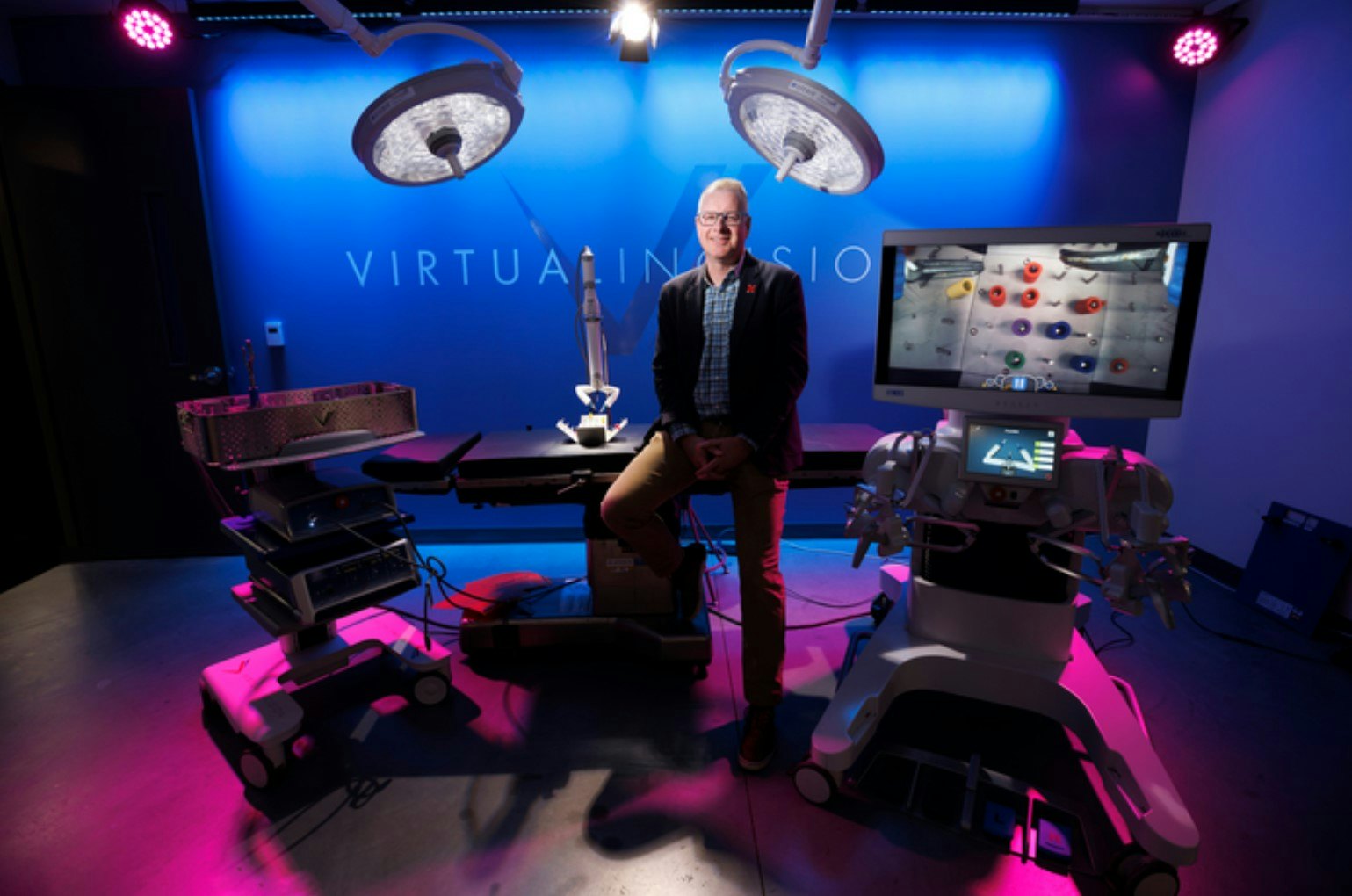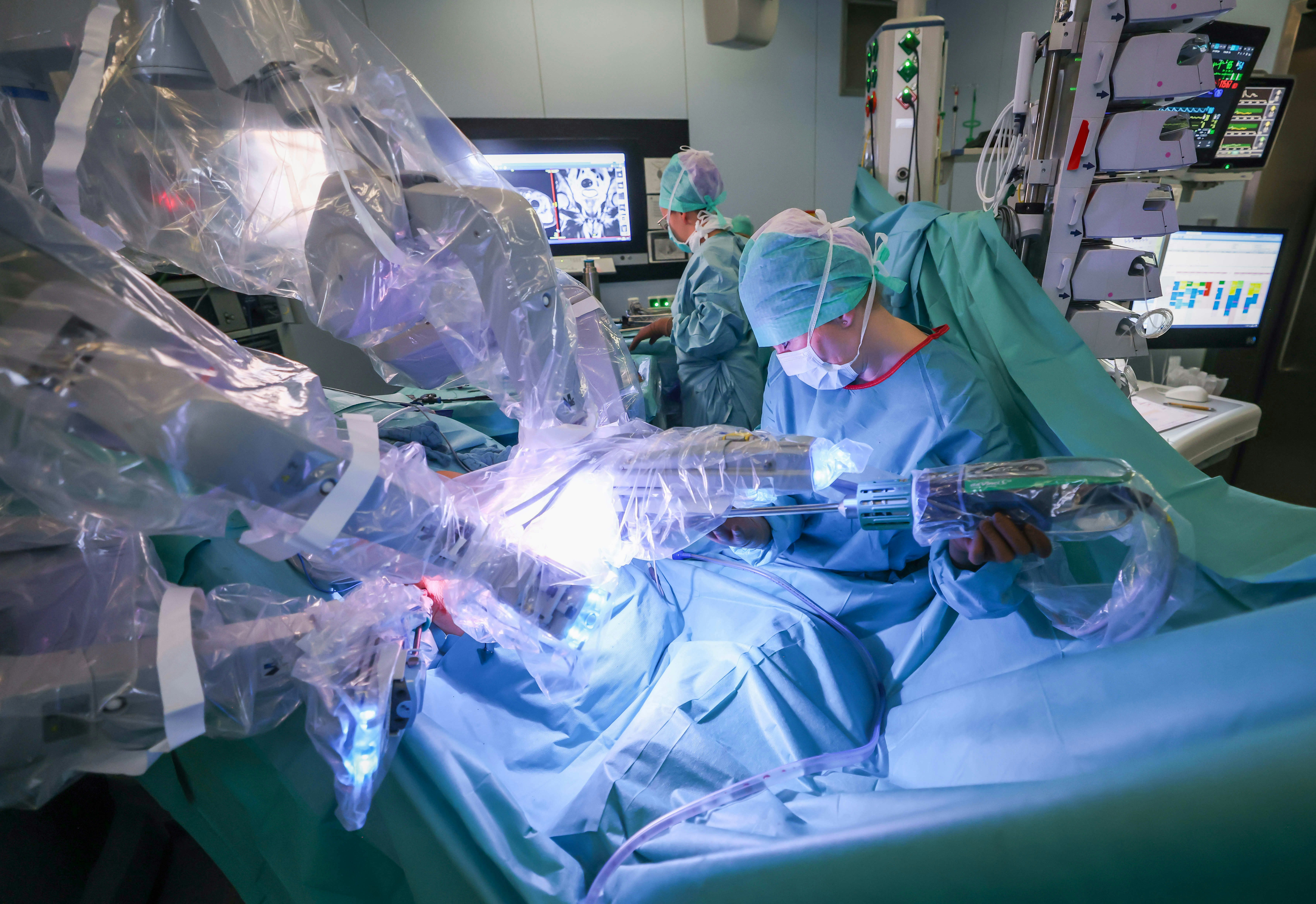
A new NASA robot will slice into fake flesh on the ISS. You know, for science.
Virtual Incision’s MIRA platform — which stands for “miniaturized in vivo robotic assistant” — will slice into different types of simulated skin and tissue to study how to perform remote surgery, including for space-based medical emergencies.
Humans travel off our planet, and for better or for worse, governments are interested in sending them to increasingly growing distances from Earth. Our fragile bodies evolved over hundreds of thousands of years to perform as they do under the weight of Earth’s gravity and beneath a blanket of its oxygen-rich and water-cycling atmosphere.
But as ambitions evolve, our corporeal forms stay the same. This means NASA needs to come up with practical solutions to support humans in space by sending a small robotic surgical tool along with them.

MIRA is not unlike what already exists in many terrestrial operating rooms by way of the da Vinci system. But whereas the latter is a robotic-assisted surgery (RAS) platform weighing more than half a ton and almost six feet tall, MIRA is much smaller. Virtual Incision’s website says MIRA can fit on a surgical tray.
MIRA’s creators, who are based at the University of Nebraska-Lincoln, say that NASA got wind of their product development and then encouraged them to apply for a NASA Nebraska Space Grant. They received the space agency purse and now have $100,000 to prepare a MIRA payload to fly on the ISS in 2024.
Virtual Incision is in the middle of clinical trials for terrestrial use, too. Some applications would be relatively similar to the off-planet ones: a surgeon could operate on a patient remotely — from either across the hospital room or from 250 miles below the orbiting space station.
Not surprisingly, slicing tissue and skin in space might differ significantly than on Earth. Virtual Incision’s space-bound payload will primarily test if microgravity affects the surgical cut.

Engineer Rachael Wagner says that the MIRA payload she is putting together — with guidance from Virtual Incision co-founder Shane Farritor — will check out some procedural uncertainties.
“It depends on NASA’s approval, but one of the tasks that we’re really excited about is we’re going to be cutting simulated tissue,” Wagner tells Inverse.
She goes on to explain that surgeons typically pull the tissue they want to cut or dissect, because this creates tension. It’s an important process to spot blood vessels, for instance, to make sure they don’t sever one by mistake. “So the robot in space is going to be creating tension on simulated tissue, and cutting it in specific spots.
“That way,” Wagner says, “we can understand the loads and the forces that the robot experiences doing that, which we are anticipating will be a little different than what it is on Earth.”
After an astronaut on the ISS sets up MIRA in the station’s experiment bay, the robot will work for just a few hours. Wagner and Farritor will collect data on how MIRA cuts through different types of synthetic flesh: thinner samples will resemble skin, for instance, and denser ones will stand in for tissues like liver.
The team has other things to figure out besides MIRA’s cauterizing capabilities, too.
“With da Vinci and Virtual Incision, the ‘remote location’ is just across the room of the patient. But [space-bound MIRA] suggests the potential for doing it at longer distances,” Farritor tells Inverse.
This opens up new kinds of concerns. “There are all kinds of problems with [internet] bandwidth and latency, as well as regulatory issues about remote operations,” he says.
Surgeons, for instance, need licenses at the hospitals where they operate. Rules like this one are based on ethics that would also have to adapt to MIRA’s potential applications in space. On Earth, a doctor can guide a robot to perform surgery if the patient is in the same building. So what happens when they may not even be on the same planet?
Farritor says any reality where there is actual space surgery is a long way into the future. But Farritor, Wagner, and their partners at NASA look forward to seeing their project’s outcome.







